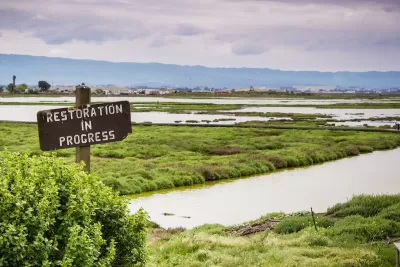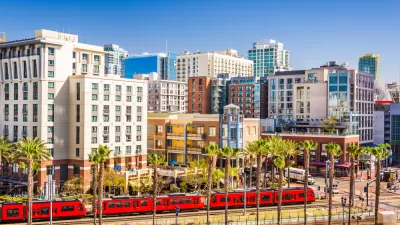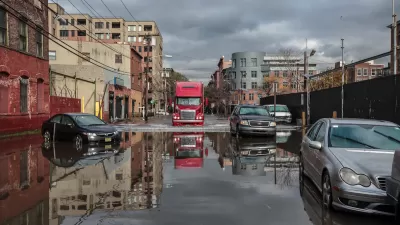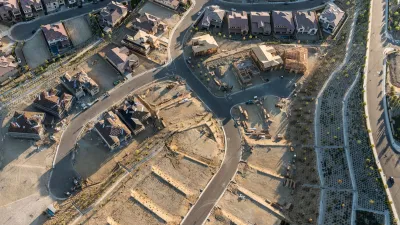These solutions offer cost-effective, sustainable methods to combat climate change, but require government action to reallocate subsidies, integrate natural assets into financial systems, and develop biodiversity credit markets.

Nature-based solutions (NbS) provide an affordable and effective way to combat climate change while fostering biodiversity and enhancing human well-being. These solutions, such as wildlife corridors, wetland restoration, and cover cropping, leverage natural systems to mitigate climate risks like flooding and erosion at a fraction of the cost of traditional infrastructure. Despite their proven benefits — highlighted by research showing that NbS outperformed engineering solutions in cost and effectiveness in over 65 percent of studies — global financing for NbS remains insufficient. Governments have the tools to bridge this gap by redirecting subsidies from harmful industries and incentivizing private investment to meet the growing demand for sustainable, nature-positive projects.
A significant barrier to advancing NbS is the exclusion of natural assets from conventional financial accounting. Current systems prioritize resource extraction over ecosystem preservation, discouraging investments in forests, wetlands, and watersheds. However, frameworks from organizations like the Natural Assets Initiative and the International Public Sector Accounting Standards Board offer pathways to value and account for natural resources. Recognizing these assets in national and corporate balance sheets could unlock substantial funding for NbS while fostering a paradigm shift toward sustainability-focused economies. Governments must adopt these frameworks to integrate NbS into financial systems, ensuring their scalability and impact.
Additionally, biodiversity credit markets can play a transformative role in funding NbS by rewarding efforts to restore ecosystems and conserve biodiversity. Building on lessons from carbon markets, biodiversity credits can incentivize responsible land management, nature-based infrastructure, and sustainable production. Initiatives like the Framework for High-Integrity Biodiversity Credit Markets provide the foundation for these systems, promoting transparency and accountability while addressing concerns like greenwashing. For NbS to reach their full potential, inclusive decision-making that values local and Indigenous knowledge is critical.
FULL STORY: Nature-based solutions are cheap and effective, and governments have the tools to make them a reality

Study: Maui’s Plan to Convert Vacation Rentals to Long-Term Housing Could Cause Nearly $1 Billion Economic Loss
The plan would reduce visitor accommodation by 25,% resulting in 1,900 jobs lost.

North Texas Transit Leaders Tout Benefits of TOD for Growing Region
At a summit focused on transit-oriented development, policymakers discussed how North Texas’ expanded light rail system can serve as a tool for economic growth.

Why Should We Subsidize Public Transportation?
Many public transit agencies face financial stress due to rising costs, declining fare revenue, and declining subsidies. Transit advocates must provide a strong business case for increasing public transit funding.

How to Make US Trains Faster
Changes to boarding platforms and a switch to electric trains could improve U.S. passenger rail service without the added cost of high-speed rail.

Columbia’s Revitalized ‘Loop’ Is a Hub for Local Entrepreneurs
A focus on small businesses is helping a commercial corridor in Columbia, Missouri thrive.

Invasive Insect Threatens Minnesota’s Ash Forests
The Emerald Ash Borer is a rapidly spreading invasive pest threatening Minnesota’s ash trees, and homeowners are encouraged to plant diverse replacement species, avoid moving ash firewood, and monitor for signs of infestation.
Urban Design for Planners 1: Software Tools
This six-course series explores essential urban design concepts using open source software and equips planners with the tools they need to participate fully in the urban design process.
Planning for Universal Design
Learn the tools for implementing Universal Design in planning regulations.
City of Santa Clarita
Ascent Environmental
Institute for Housing and Urban Development Studies (IHS)
City of Grandview
Harvard GSD Executive Education
Toledo-Lucas County Plan Commissions
Salt Lake City
NYU Wagner Graduate School of Public Service





























